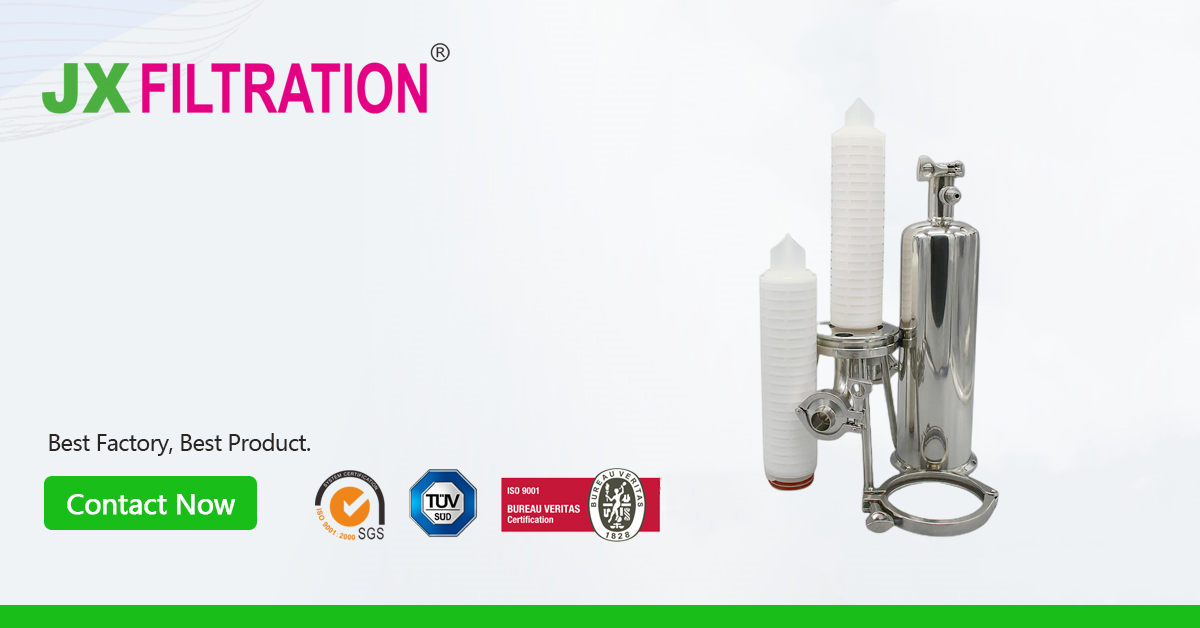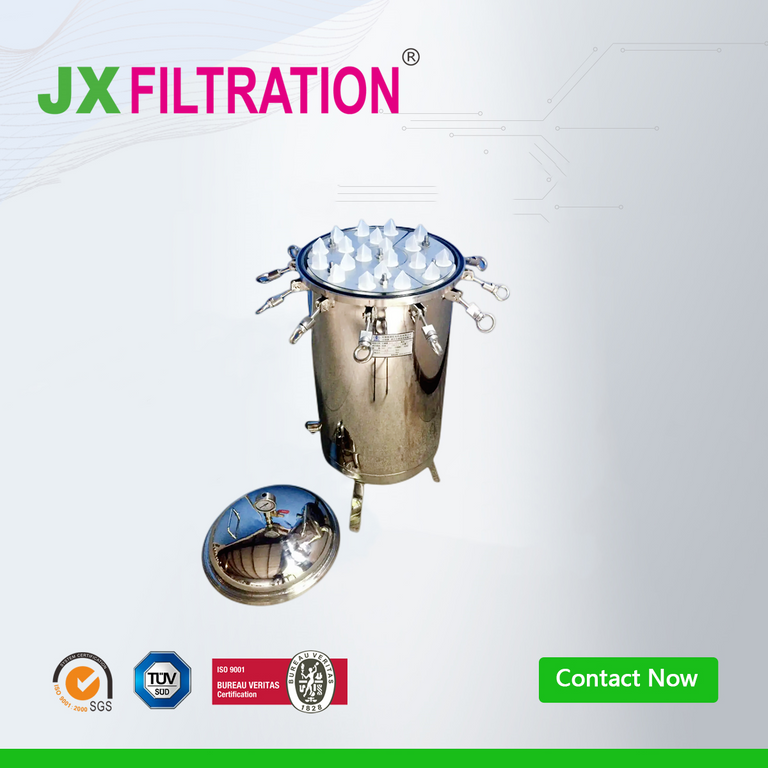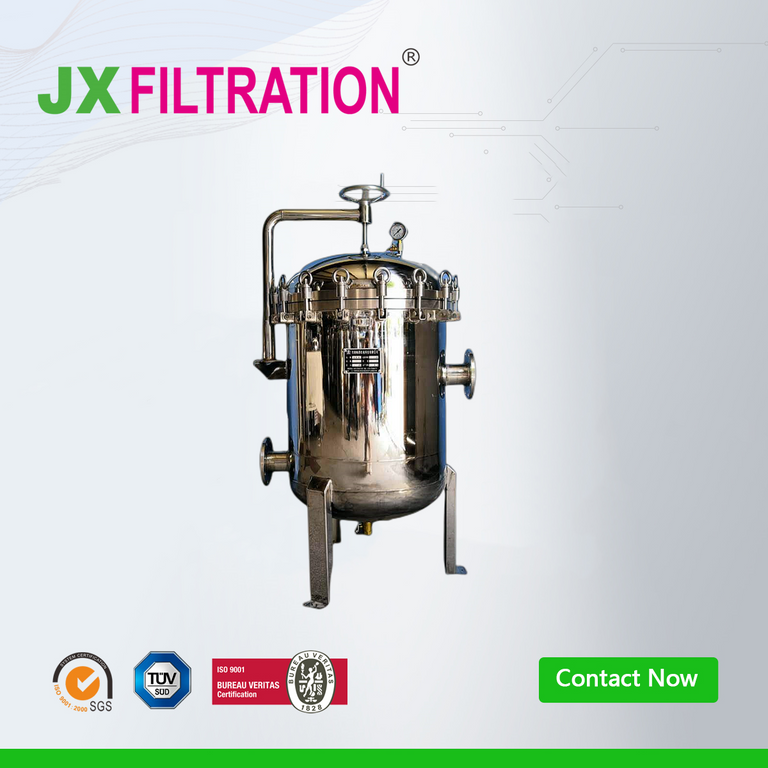Scale control technologies
In cold and hot water systems, scaling in equipment such as heat exchangers, conveying pipelines, and pump valves is a widespread issue. Scaling not only shortens the lifespan of equipment, accelerates metal corrosion leading to increased maintenance costs, but also poses a threat to the safe operation of the equipment. Therefore, addressing the issue of scale accumulation in systems is of paramount importance. The following provides an overview of common scale control technologies and their research progress, pointing out the development direction of scale control technologies.

-
Formation of Scale: Scale is composed of salts with abnormal solubility that precipitate and deposit, particularly on the surfaces of vessels and, most notably, metal surfaces. The formation process involves fine crystals in supersaturated solutions existing in a metastable state of dissolution-crystallization. These crystals aggregate, adhere to vessel surfaces, and orderly grow into scale. The formation of scale depends on factors such as oversaturation of salts, the growth process of crystallization, and is closely related to scaling ions, water quality, vessel morphology, etc. The higher the oversaturation of scaling ions and water hardness in the system, the more severe the scaling tendency. Rough metal surfaces and impurities catalyze the crystallization process, promoting scale precipitation.
Most scales appear white or grayish-white, are hard, and dense. The main components include calcium and magnesium salts of carbonate, sulfate, calcium phosphate, and silicate. The most typical is calcium carbonate scale, and in industrial boilers, iron and copper scales may also form.
-
Scale Control Methods: Scale control methods can be classified into scale inhibition and descaling, with the former suppressing or eliminating scale formation, and the latter removing scales already formed in the system.
-
Scale Inhibition Methods: These include chemical methods, physical methods, biological methods, and chemical/physical methods. This article primarily introduces chemical and physical methods.
2.1 Chemical Methods: Chemical control methods include lime softening, alkali precipitation, carburization treatment, acid treatment, ion exchange softening, and the addition of scale inhibitors. The first four methods are traditional but consume large amounts of chemicals, and the generated wastewater requires treatment, leading to high application costs. Therefore, they have gradually been phased out. Currently, more advanced treatment methods are ion exchange softening and the addition of scale inhibitors.
2.2 Physical Methods: Physical methods primarily utilize technologies such as electricity, magnetism, light, sound, etc., for scale inhibition or removal. Typical physical scale control methods include physical cleaning, using anti-corrosion and anti-scale coatings, non-metal heat exchange surfaces, membrane separation, electrostatic water treatment, electronic water treatment, magnetization treatment, and ultrasonic treatment. Among them, physical cleaning can only remove old scales that have already formed, but it is simple to operate and suitable for situations where strict scale control is not required. The use of anti-corrosion and anti-scale coatings and non-metal heat exchange surfaces can change the surface properties of equipment materials, making it difficult for scaling ions to deposit on the contact equipment, achieving the goal of scale inhibition. However, due to complex construction, their application is limited. Currently, typical physical methods in use include membrane separation, magnetization treatment, electrostatic water treatment, electronic water treatment, and ultrasonic water treatment.
-
Conclusion: Currently, various scale control methods have their advantages, and in practical applications, it is often necessary to combine two or more scale control methods. Chemical methods are more widely used, given their simplicity, stable scale removal effects, high efficiency, and convenience. This overview has summarized common scale control technologies and their research progress, pointing out the development direction of scale control technologies, providing a theoretical reference for future research.
Any Requirements, Contact Us Now!
Kris
Email/Teams: kris@filtrationchina.com
Mobile/Whatsapp/Wechat: +86 18980776200


